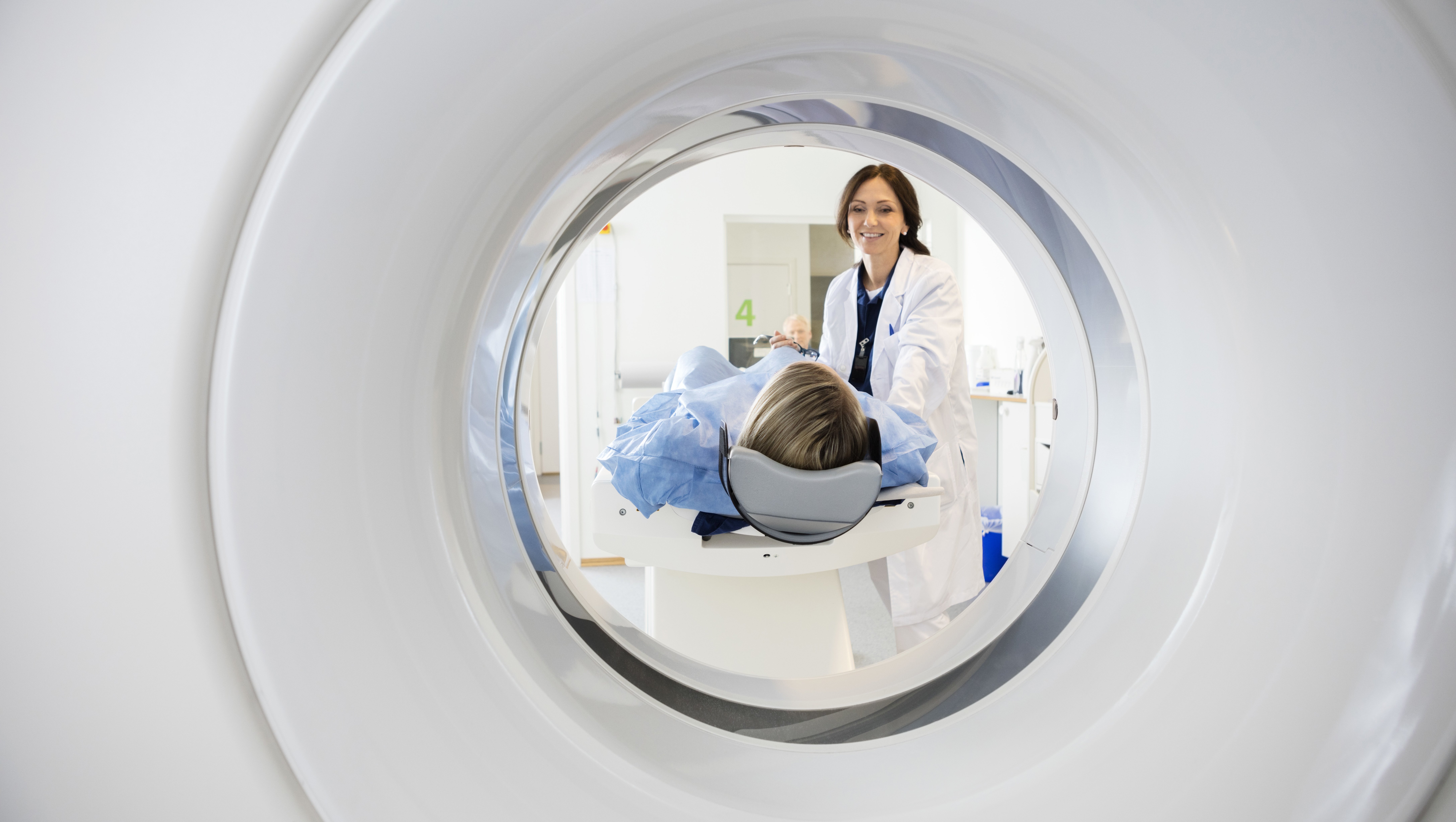When the CARES ACT was passed on March 27, details about the specific allocation of the $100 billion were not initially revealed. Today, April 10, $30 billion is currently being distributed to all Medicare providers in the first round of funding disbursement.
Categories:
radiology,
CARES Act,
COVID-19
As of March 27, 2020, three pieces of legislation had been passed to address the economic impact of the COVID-19 coronavirus Public Health Emergency (PHE) and more legislation is expected. Because they were hastily drafted and passed, technical corrections and interpretations are being issued regularly. At the same time, certain agencies like the Centers for Medicare and Medicaid Services (CMS) are using the declared PHE to amend their own regulations to assist the healthcare community. The legislation covers vast areas of the economy, but we will focus on those features that might be of interest to a medical practice or any other small business with fewer than 500 employees.
Categories:
radiology,
COVID-19
With the expanded eligibility of the Medicare Accelerated Payment Program, additional entities will now qualify for, essentially, an interest-free loan. Within the CARES Act, physicians and other Medicare Part B Suppliers are now eligible to receive a needed increase to cash flow during the COVID-19 pandemic. (Supplier is a physician or other practitioner that delivers health care services under Medicare, excluding a provider).
Categories:
medicare,
CARES Act,
COVID-19
The Centers for Medicare and Medicaid Services (CMS) announced that they have adjusted certain aspects of the Quality Payment Program (QPP) in response the Public Health Emergency (PHE) caused by the COVID-19 coronavirus outbreak. CMS has extended the deadline for reporting 2019 Merit-based Incentive Payment System (MIPS) data and has relaxed the criteria for avoiding a penalty in 2021 based on submission of 2019 data.
Categories:
cms,
MIPS,
Quality Payment Program,
MIPS participation,
QPP
This article was updated on
April 14, 2020.
Medicare has temporarily opened up the ability for physicians to provide medical care to patients without the need for them to be in the same physical location. Beginning March 2020 and continuing through the end of the current COVID-19 Public Health Emergency (PHE), the rules for providing telehealth services have been relaxed. Is there any opportunity for radiologists to use telemedicine in their practice?
Categories:
medicare,
medicare reimbursement,
cms,
teleradiology billing,
teleradiology
Participation in the Quality Payment Program (QPP) means that you always have several years’ information in play at one time. The score you earned from submitting 2018 data will now be impacting your Medicare reimbursement in 2020; you have just completed your 2019 performance and it’s time to submit your data; and finally, you now have to begin your 2020 performance year.
Categories:
cms,
MIPS,
Quality Payment Program,
MIPS participation,
QPP,
quality measures
In the final 2020 Medicare Physician Fee Schedule (MPFS), fee increases relevant to radiology overall outnumbered decreases. However, many of those increases were insignificant changes of less than 1%. There were 128 Professional Component (PC) codes decreased by more than 1%, with only 76 increased, while 430 Global codes increased by more than 1% and 346 Global codes decreased. Here are the details:
Categories:
radiology reimbursement,
radiology billing,
medicare reimbursement,
MPFS,
interventional radiology billing
It’s a cold January here in the northeastern US, so it’s a good time to heat up plans to comply with the Medicare AUC Mandate! We have entered the official Educational and Operations Testing Period of 2020, which means that Medicare is ready to accept the Appropriate Use Criteria (AUC) modifiers and G-codes on claims now being submitted. Let’s first review what this Medicare mandate means and then make plans to get it operational in your practice.
Categories:
radiology reimbursement,
medicare,
cms,
CDS,
AUC
Click here to read our 2025 code changes update article.
With the new year comes the annual revision of Current Procedural Terminology[i] (CPT)® coding that practices have to be aware of. For diagnostic radiology, the changes for 2020 are relatively few and they are concentrated in the areas of abdominal and gastrointestinal plain films, nuclear medicine procedures for tumor localization, and myocardial PET imaging. The changes to interventional radiology coding are likewise quite limited and involve pericardial and spinal puncture procedures.
Categories:
radiology coding,
IR coding,
CPT codes
Our own Sandy Coffta, Vice President of Client Services, spoke with Aunt Minnie’s Brian Casey at the 2019 RSNA Annual Meeting in Chicago. In the interview posted on auntminnie.com, Sandy mentioned some of the highlights that practices should be concerned about in the coming year.
Categories:
radiology reimbursement,
radiology billing,
radiology documentation,
radiology coding,
radiology













